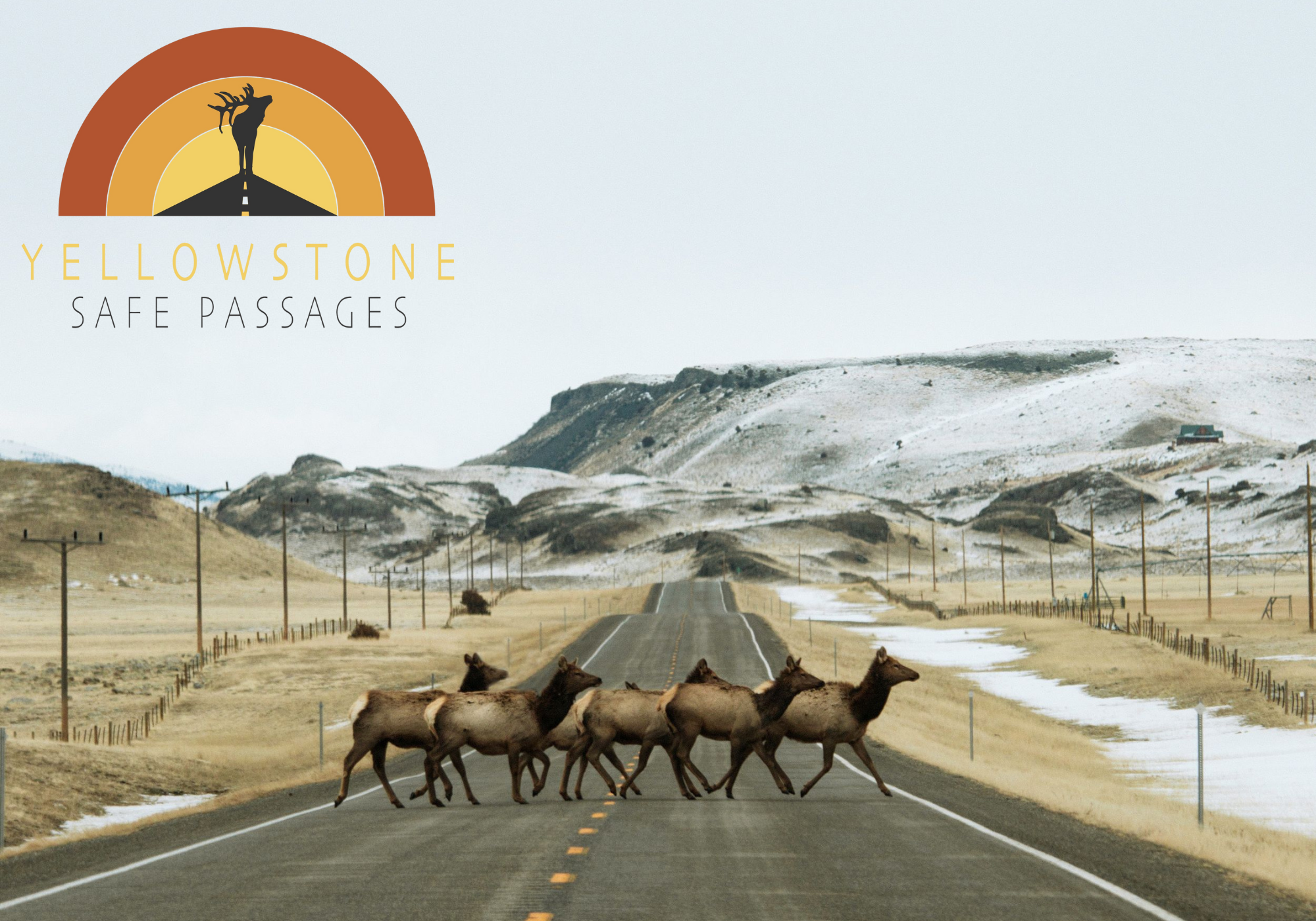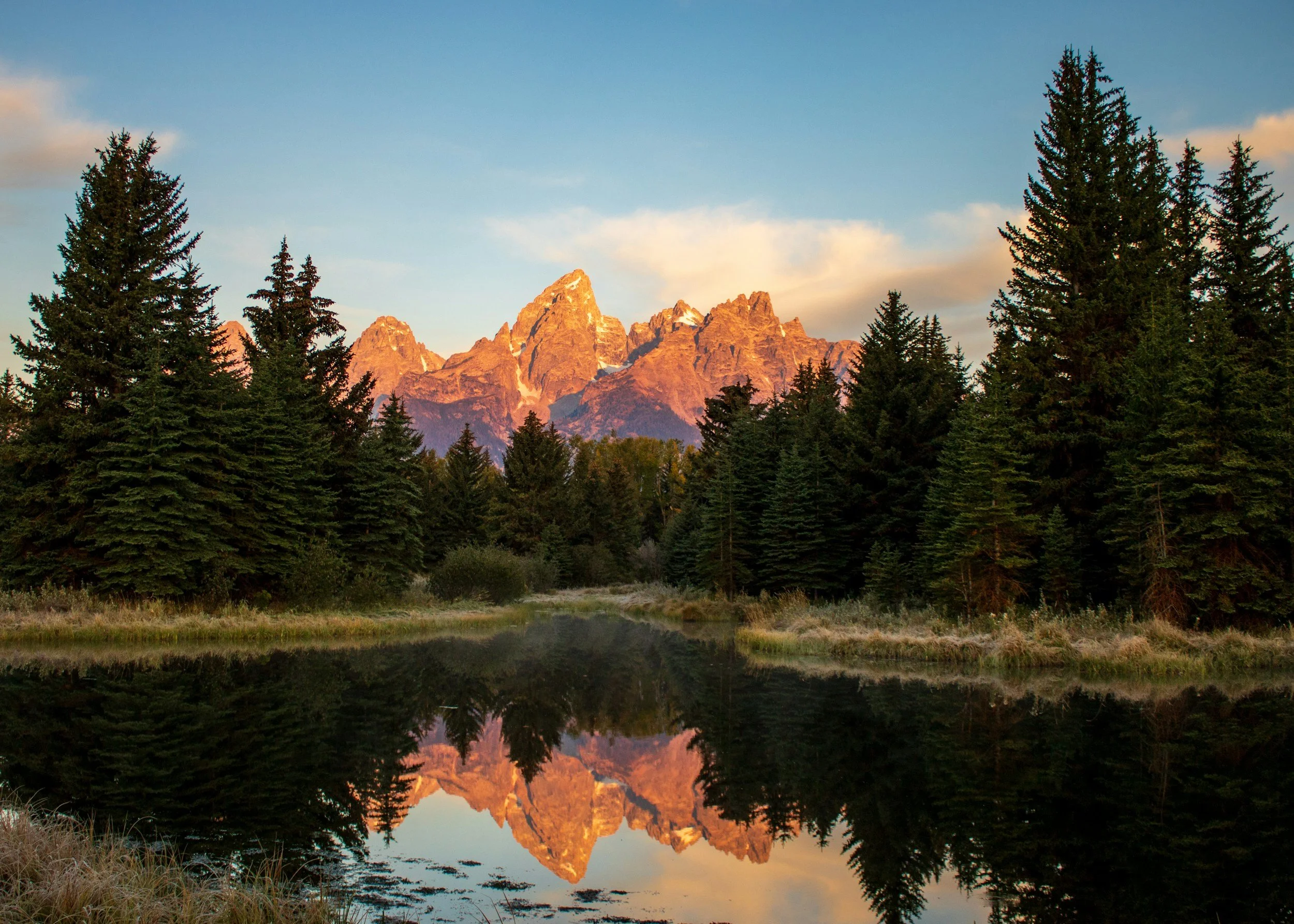
Collaborating for Safe Roads for Wildlife and People
Preserving the ability of wildlife to move across the landscape is a vital component of keeping the Greater Yellowstone Ecosystem healthy and whole.
As roadways that cut across habitat become increasingly busy, there is an increased need for wildlife crossing infrastructure across the ecosystem. At the Greater Yellowstone Coalition, we work in partnership with nonprofits, agencies, and community leaders as part of wildlife crossing coalitions to address wildlife-vehicle collisions, enhance wildlife movement, and keep both animals and people safe.
Healthy, robust herds of elk, mule deer, big horn sheep, moose, and pronghorn are treasured by residents and visitors of the Greater Yellowstone Ecosystem. As they move across the landscape, they are a symbol of the wide-open space and undeveloped lands that make this region so remarkable. Part of keeping these herds healthy is preserving their ability to move within and across the ecosystem; however, they increasingly face barriers that prevent and disrupt their ability to access the habitat required to support their daily and seasonal needs.
Roadways create significant barriers for wildlife as they traverse the landscape during daily movements and seasonal migrations.
Individual animals dying from collisions with vehicles is a harsh reality, but the greater threat is entire herds being cut off from their seasonal ranges.
When wildlife cannot reach food and water because of barriers such as roads, herd populations can significantly decline. Animals attempting to cross roadways also pose a major threat to human safety. Wildlife-vehicle collisions are dangerous and costly for people and wildlife alike.
Wildlife crossing structures provide a safe way for wildlife to cross roadways.
These projects, and the coalitions that spearhead them, offer creative solutions that preserve migration and movement corridors while minimizing wildlife-vehicle collisions. Getting these projects off the ground can be challenging, but wildlife crossing coalitions provide diverse stakeholder support, offer technical and community knowledge, help secure funding, advocate for good policy, and raise awareness around the issue. Wildlife crossing structures last upwards of 75 years, meaning the abundant herds of elk, mule deer, pronghorn, and other species we see on the landscape today will be preserved for generations to come.
Montanans for Safe Wildlife Passage
Montanans for Safe Wildlife Passage is a coalition working at the state level to advocate for innovative solutions to maintain habitat connectivity and provide safe passage for people, fish, and wildlife.
Yellowstone Safe Passages
Yellowstone Safe Passages works in the Paradise Valley of Montana to support collaborative solutions that address and resolve wildlife-vehicle conflict on Highway 89.
GYC is proud to be a partner in these coalitions working toward safe roads for wildlife and people. To ensure these spectacular migrations continue, we must identify and implement strategies that protect further habitat fragmentation. By prioritizing science-based policies, collaborating with federal and state decision-makers, and raising public awareness, wildlife will be able to move more freely across the landscape.






